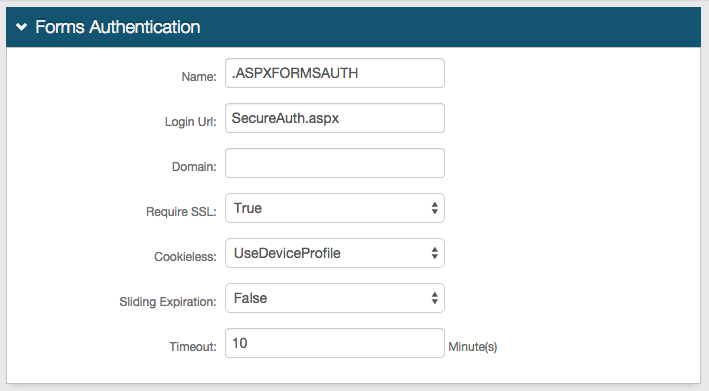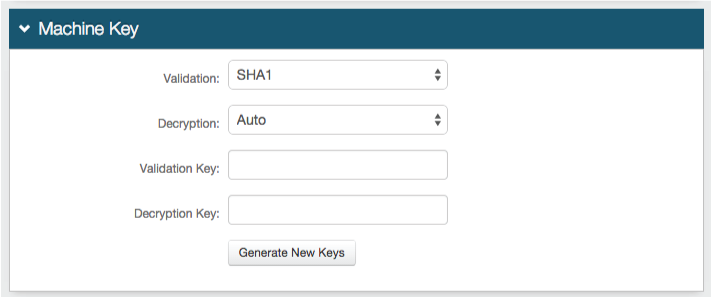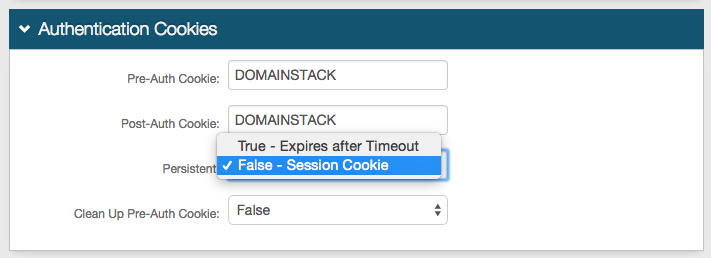NetDocuments (SP-initiated) Integration Guide
Introduction
Use this guide to enable Multi-Factor Authentication and Single Sign-on (SSO) access via SAML to NetDocuments.
Prerequisites
1. Have a NetDocuments account
2. Contact NetDocuments support (support@netdocuments.com) to register the domain to the repository
3. Create a New Realm for the NetDocuments integration
4. Configure the following tabs in the Web Admin before configuring the Post Authentication tab:
Overview – the description of the realm and SMTP connections must be defined
Data – an enterprise directory must be integrated with SecureAuth IdP
Workflow – the way in which users will access this application must be defined
Multi-Factor Methods – the Multi-Factor Authentication methods that will be used to access this page (if any) must be defined
SecureAuth IdP Configuration Steps
Data
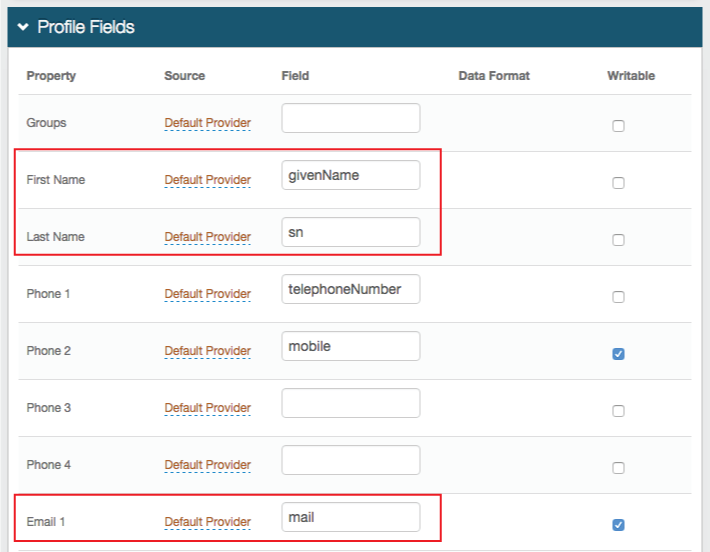 |
1. In the Profile Fields section, map the directory fields that contain the user's First Name (e.g. givenName), Last Name (e.g. sn), and Email Address (e.g. mail) to the SecureAuth IdP Properties (e.g. First Name, Last Name, and Email 1)
Warning
Click Save once the configurations have been completed and before leaving the Data page to avoid losing changes
Post Authentication
 |
2. Select SAML 2.0 (SP Initiated) Assertion Page from the Authenticated User Redirect dropdown in the Post Authentication tab in the Web Admin
3. An unalterable URL will be auto-populated in the Redirect To field, which appends to the domain name and realm number in the address bar (Authorized/SAML20SPInit.aspx)
User ID Mapping
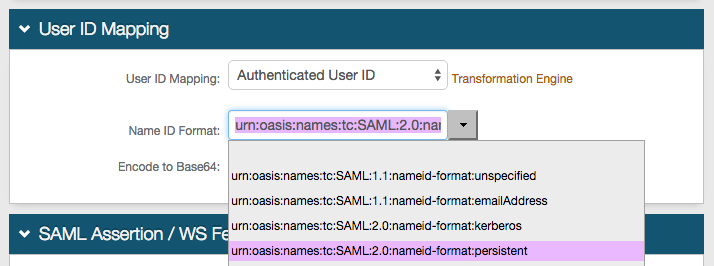 |
4. Select the SecureAuth IdP Property that corresponds to a User ID that maps to the User ID used within the NetDocuments tenant
A unique value that will not change, such as sAMAccountName, is preferred, which is typically the Authenticated User ID SecureAuth IdP Property
5. Select urn:oasis:names:tc:SAML:1.1:nameid-format:persistent from the Name ID Format dropdown
6. Select False from the Encode to Base64 dropdown
SAML Assertion / WS Federation
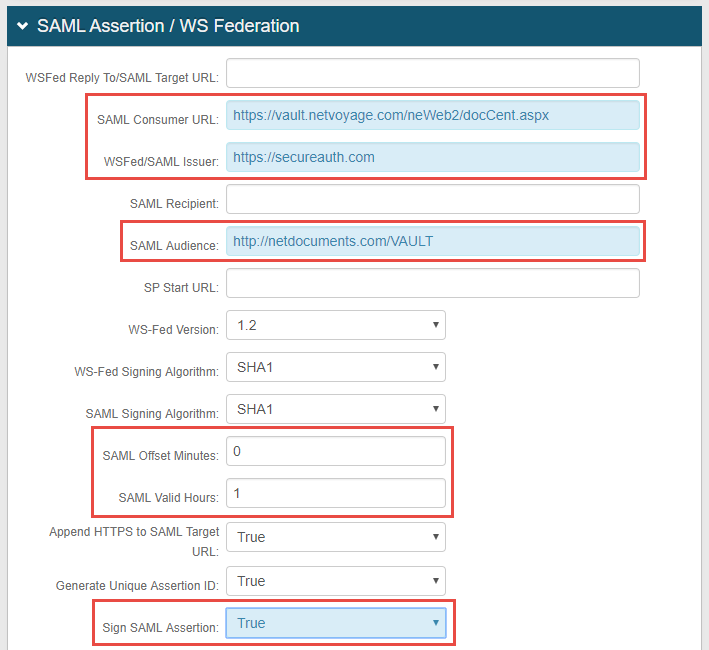 |
7. Set the SAML Consumer URL to https://vault.netvoyage.com/neWeb2/docCent.aspx
8. Set the WSFed/SAML Issuer to https://secureauth.com
9. Set the SAML Audience to http://netdocuments.com/VAULT
10. Set the SAML Offset Minutes to make up for time differences between devices
11. Set the SAML Valid Hours to limit for how long the SAML assertion is valid
12. Select True from the Sign SAML Assertion dropdown
Note
No configuration is required for the WSFed/SAML Target URL, SAML Recipient, or SP Start URL fields
 |
15. Leave the Signing Cert Serial Number as the default value, unless there is a third-party certificate being used for the SAML assertion
If using a third-party certificate, click Select Certificate and choose the appropriate certificate
16. Provide the Domain in order to Download the Metadata File, which is utilized in the NetDocuments Configuration Steps
Note
The client must be able to resolve the FQDN entered
SAML Attributes / WS Federation
 |
17. Set the Name of Attribute 1 to http://schemas.xmlsoap.org/ws/2005/05/identity/claims/emailaddress
18. Select Basic from the Format dropdown
19. Select Email 1 (or the SecureAuth IdP Profile Property that is mapped to the user's email address directory attribute) from the Value dropdown
20. Set the Name of Attribute 2 to http://schemas.xmlsoap.org/ws/2005/05/identity/claims/givenname
21. Select Basic from the Format dropdown
22. Select First Name from the Value dropdown
23. Set the Name of Attribute 3 to http://schemas.xmlsoap.org/ws/2005/05/identity/claims/surname
24. Select Basic from the Format dropdown
25. Select Last Name from the Value dropdown
Warning
Click Save once the configurations have been completed and before leaving the Post Authentication page to avoid losing changes
Forms Auth / SSO Token
Optionally, in the Forms Auth / SSO Token section, click the View and Configure FormsAuth keys/SSO token link to configure the token/cookie settings and configure this realm for SSO.
 |
NetDocuments Configuration Steps
 |
1. Log into NetDocuments and navigate to the admin area
2. Access the Add / Remove Users and Groups page, and select Configure advanced authentication options
3. Select Other from the Federated identity server type in the Step 1 section
4. Select Browse in the Step 3.b section to upload the Metadata file downloaded from the SecureAuth IdP Web Admin (step 16)
